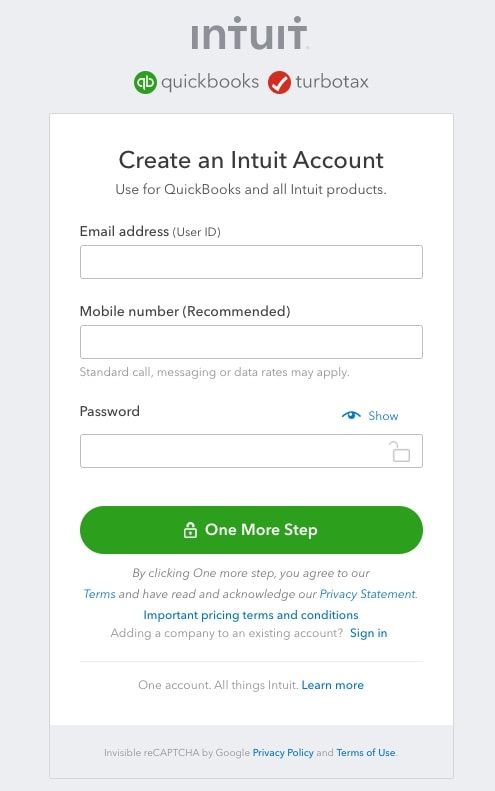Turn on suggestions
Auto-suggest helps you quickly narrow down your search results by suggesting possible matches as you type.
Showing results for
Solved! Go to Solution.
The attachment looks like your sales invoice? If yes then the sale should be in sales, it does look like it has been duplicated though. This is probably easiest to check by looking at their debtor account (accounts receivable).
Raising a sale invoice only affects cost of sales if you have a items costing system working which I would try to avoid. It works as follows: a supplier invoices you for parts and QBs puts these goods in stock at cost, when you sell the parts QBS raises a sale and reduces the stock automatically via cost of goods sold. So if you bought 10 items at £100 each and sold 8 at £150 then your sales would be £1,200 whilst cost of sales would be £800, the remaining £200 in stock.
If you don't need to job-cost or monitor stock then it is much easier to place the original purchase invoice to costs of sales: purchases instead. Under this method you'd journal in the closing stock figure at the end of the accounting period.
Hello Joana
Which product are you using QuickBooks Online or QuickBooks Desktop?Are you expecting the amounts to be the same?Could you provide a screenshot of the report and the invoice and attach to the reply so we can have a look at this for you?
Thanks
Emma
Hi joana
We would be grateful if you can contact our customer support line as we ideally need to do a screen share to investigate the issue thoroughly.
Customer support 0808 234 5337.
About that, I've been trying to go to the Chat Support but every time I enter my question, QuickBooks will just direct me in a blank page. No chat box is appearing.
The attachment looks like your sales invoice? If yes then the sale should be in sales, it does look like it has been duplicated though. This is probably easiest to check by looking at their debtor account (accounts receivable).
Raising a sale invoice only affects cost of sales if you have a items costing system working which I would try to avoid. It works as follows: a supplier invoices you for parts and QBs puts these goods in stock at cost, when you sell the parts QBS raises a sale and reduces the stock automatically via cost of goods sold. So if you bought 10 items at £100 each and sold 8 at £150 then your sales would be £1,200 whilst cost of sales would be £800, the remaining £200 in stock.
If you don't need to job-cost or monitor stock then it is much easier to place the original purchase invoice to costs of sales: purchases instead. Under this method you'd journal in the closing stock figure at the end of the accounting period.
Hi joana
The chat support option is intermittent and we are currently trying to resolve the issue. We advise you to contact the telephone support line.

You have clicked a link to a site outside of the QuickBooks or ProFile Communities. By clicking "Continue", you will leave the community and be taken to that site instead.
